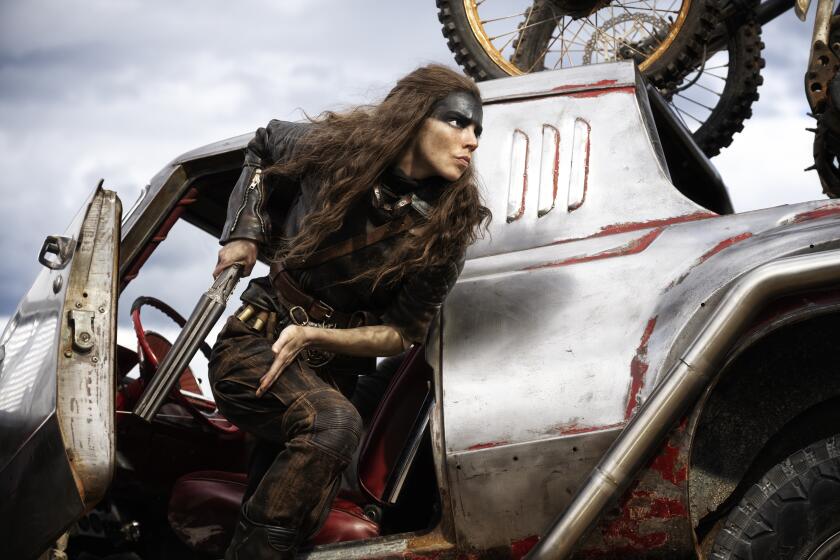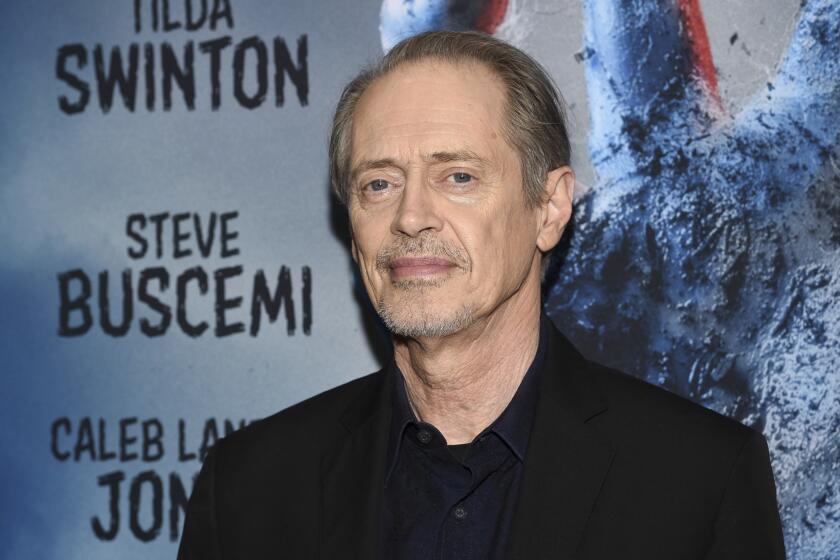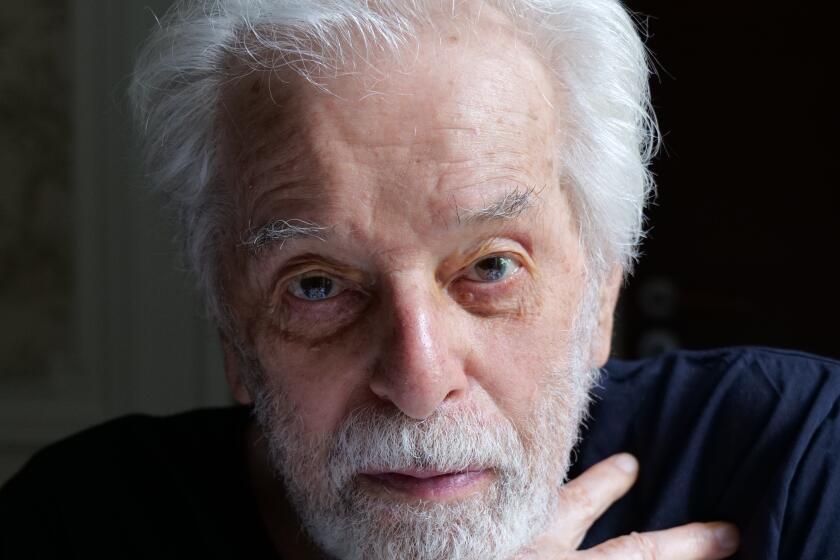Writer-directors detail how ‘The Way Way Back’ was a long, long road

It all started with a phone call. At the time, we were at a movie theater. On the phone, our “team” of managers and agents. We ran out into the hallway to answer. (Our apologies to whatever movie we were seeing at the time. This was a call we had been anticipating.) “Congrats, guys. Fox Searchlight has greenlit the movie. It’s a go!” said the voice on the other end. Cheers and congratulations followed.
That was in 2005. Before it all fell apart ... the first time.
What followed was an eight-year journey, traversing different studios, directors and producers, all trying to make our first screenplay a reality. “The Way Way Back” — a personal coming-of-age story inspired by our own memories of growing up on the East Coast — took a long time getting to the finish line. But without enduring that epic struggle, the ending might not have been so emotional, gratifying or rewarding.
ON LOCATION: Where the cameras roll
After making the Black List [a compendium of the year’s best unproduced screenplays], the script was picked up by director Shawn Levy and he quickly ushered it through Fox Searchlight. But, soon after our exciting “greenlight” phone call, complications began to arise. The cast was not coming together quickly enough and Shawn’s small window before “Night at the Museum 2” was rapidly closing. The movie stalled, and Searchlight decided to give it back.
Luckily, Nathan Kahane and Mandate Pictures were happily standing by to give it a go. But, after two years of unsuccessful dealings and a financial crisis that made making smaller films even tougher, we were given a bit of an ultimatum. Either make the movie with some bankable stars that had foreign value or don’t make it at all. The actors on the list presented were great, but not right for the parts we had written. So we spent another five years waiting to get the film out of turn-around.
While “The Way Way Back” was giving us ulcers, it was also providing us with a calling card. One of the companies that we met through our original script was Ad Hominem. They had read it and felt that it matched the tonal balance of comedy and drama found in a novel they were developing into a movie called “The Descendants” and hired us to adapt the book into a screenplay.
PHOTOS: Behind the scenes of movies and TV
With “Descendants” behind us at the close of award season in 2012 — and a little more currency in our names — we could bring the conversation back to “The Way Way Back.” We decided at that time with our producer, Kevin Walsh, that after everything we had been through, we wanted to direct the film ourselves. We wanted the opportunity to see the vision from start to finish, to live and die by our own choices, and to challenge ourselves at the next level. We put a grassroots-type strategy in place. And, with personal letters combined with a lot of luck, we were able to put together an incredible “dream” cast and get financing from some gutsy investors.
We shot the movie in 25 days on the south shore of Boston. It was an amazing feat only made possible by the energy and experience of our crew and the professionalism of our actors. After post-production in Los Angeles, we aimed high: the Sundance Film Festival.
If we had to pinpoint the ultimate “moment” in this endeavor, it would most certainly be the night our movie premiered in Park City at the Eccles Theater. We were obviously anxious, terrified and pale (or for Jim, somehow even paler). Up to that point, only about 25 people had seen the movie. And now we were about to show it to 1,200 people. We stood backstage before we were to introduce the film, feeling — and looking — sickly. Enough so that the Sundance organizers offered us a shot of whiskey in hopes of bringing some life back into our faces. The lights eventually went dark and the film began to play. And we sat and watched an eight-year journey finally taking its last steps.
The fact that we weren’t booed off stage was the first exhale. The second came when people started to applaud. And then finally as the cast and some of the crew made their way up to the stage, the last sighs of relief and emotion were released. It was over and we had somehow made the movie that we had wanted to make, without compromise and with the help of so many talented and wonderful people. It seems that every movie is hard to make, but, at least for us, it was the long oscillating journey that made this one all the more gratifying.
MORE OSCAR COVERAGE
WINNING BALLOT: A list of the 2013 winners
TIMELINE: Academy Awards through the years
More to Read
Only good movies
Get the Indie Focus newsletter, Mark Olsen's weekly guide to the world of cinema.
You may occasionally receive promotional content from the Los Angeles Times.






